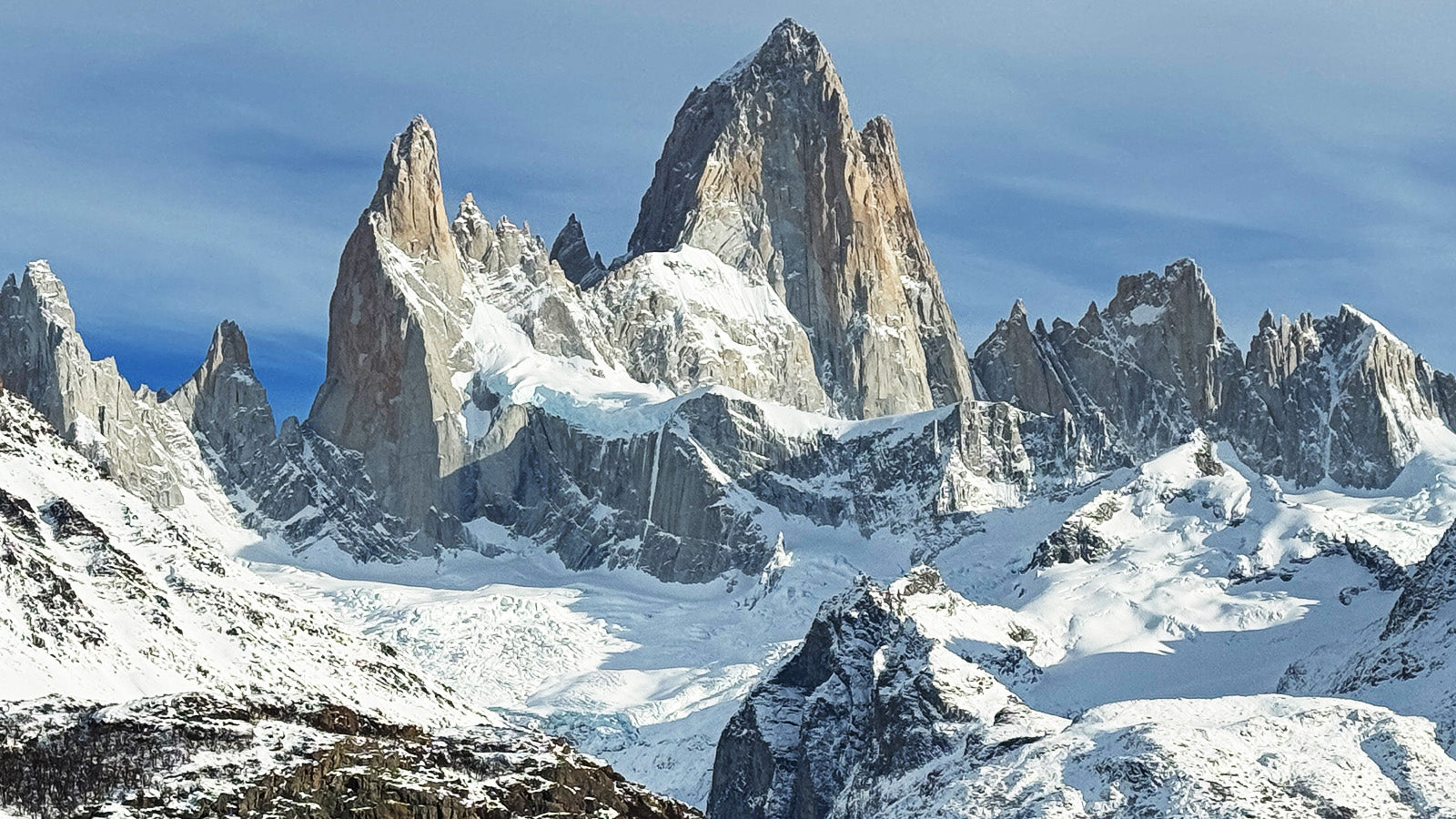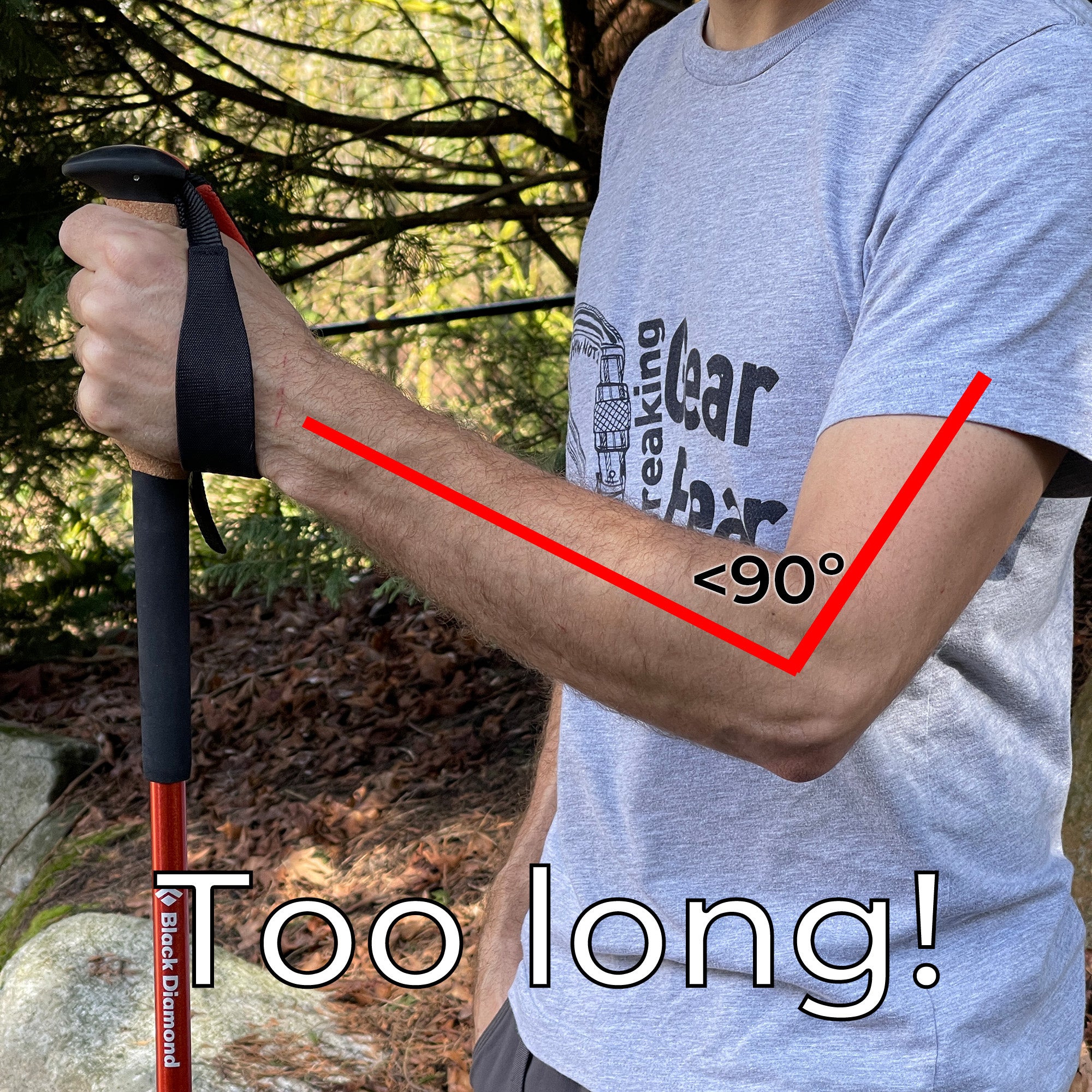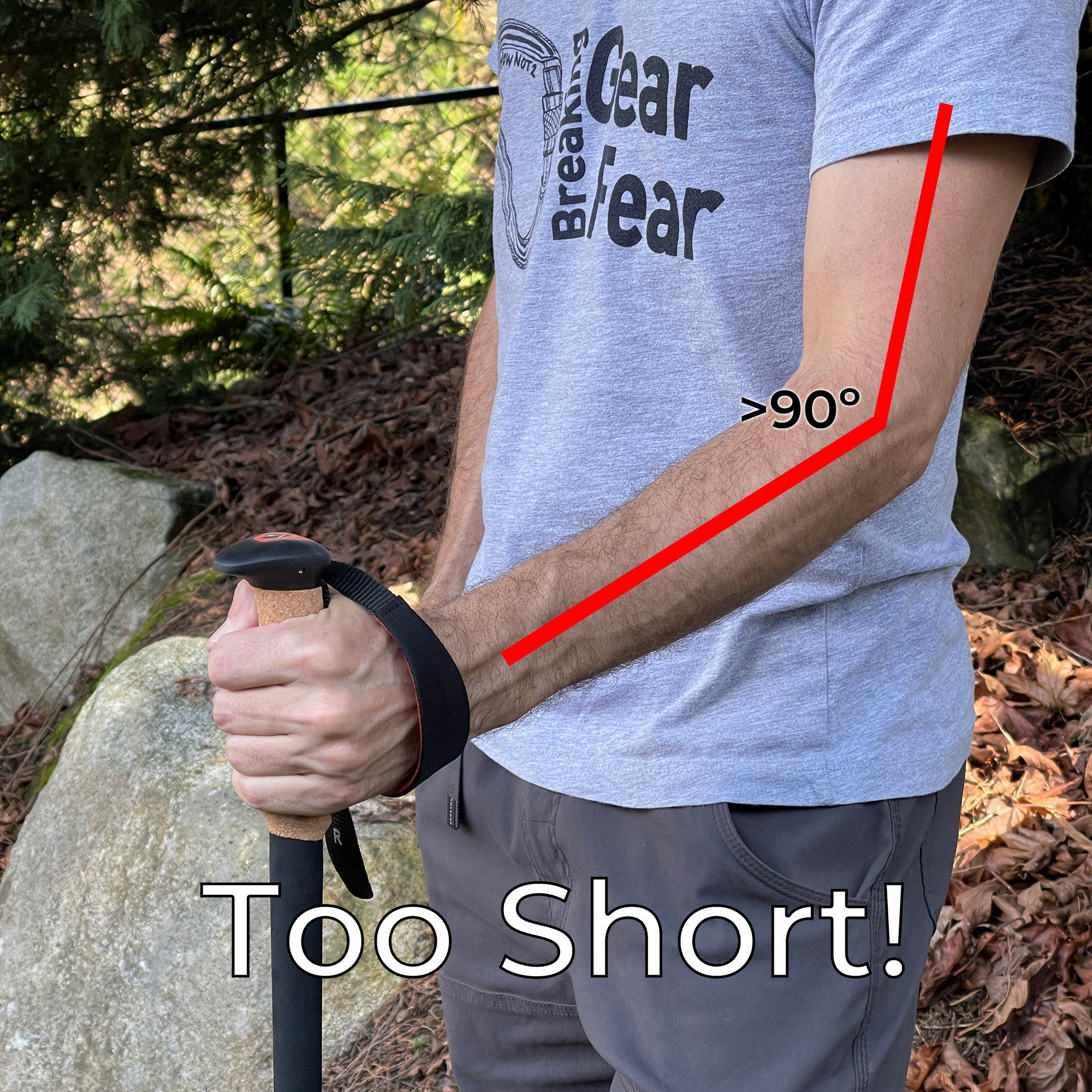Trekking Pole Guide
Did you know that we carry trekking poles? We are always surprised about how few climbers use trekking poles when heading into the alpine. It's easy to forget how much weight you will be dragging around on your next alpine adventure: a rope, rack, shoes, harness, helmet, snacks, and hydration always end up weighing WAY more than you want them to! Trekking poles are a fantastic way to help distribute all that load more evenly across your muscles and joints.
I know what you are thinking, "Trekking poles?! Aren't those for old people??". It doesn't matter how old you are, any steep descent on loose rock with 40lbs of crap strapped to your back will do a number on your knees. Trekking poles aren't just great for climbing adventures, they rock for trail runs, hikes, and snow activities like splitboard or snowshoe tours. Let's take a dive into fitting and feature differences!
We currently only carry Black Diamond's line of poles, so the poles we feature are theirs. However, this information applies to every brand of pole, so we tried to make this guide as informative as possible!
Fit
As with most technical equipment, fit is the most important aspect when choosing a pair of trekking poles.
Ideally, you want your elbows to form a 90º angle when standing with your poles on flat ground. Most poles adjust to fit a range of heights, so pick the size that you fit in the middle of. It can be nicer on your knees to shorten your poles when going uphill and lengthen them when coming back down, but that's up to personal preference and fiddling tolerance.
Materials
Trekking poles are typically made of either carbon or aluminum. Click around to explore the pros and cons to both!
Aluminum
Aluminum poles are strong, flexible, and lightweight. They are cheaper than carbon options, but a little bit heavier. Aluminum poles transfer more force along the length of the pole than carbon poles. They are easy-ish to repair in the field, with tent pole splints working great as quick patch up!
Carbon
They are the fanciest, being lightweight and strong, but with limitations. They are often quite expensive, and nearly impossible to repair if they snap. Carbon serves to dampen forces along the length of the pole but doesn't flex side to side as much as aluminum.
Features
Most of what separates different trekking poles come down to these 4 features. Click on each category to learn more!
Handle Material
Most trekking pole handles are made of foam, cork, or a combination. This choice is largely personal preference. Cork handles tend to be a bit more expensive than foam ones, but don't saturate with sweat in the same way that foam can. Some poles feature a cork handle with a foam core that extends down the pole from the handle, providing an extended grip surface. These are great for quick length adjustments when ski touring or mountaineering!
Length Adjustment
Some poles are fixed length, while others are adjustable length. Adjustable length poles are always heavier due to the adjustability hardware, but worth the weight. Unless you are trying to be ultra-ultra-light, being able to change the length of your pole is a must have feature for climbing and descending steep terrain.
Colapsabilty
All the poles we carry collapse. The two most common styles of length adjustment are:
- Z-fold: Z-fold poles get smaller and weigh less, but only adjust to fixed lengths
- Telescoping: Telescoping poles weigh more and don't get as small, but have far greater adjustment range.
If you plan on stowing your poles inside of your backpack while climbing, z-fold work much better. If you need lots of adjustment length-wise, telescoping will be your friend.
Accessories
Different poles come with different goodies! Some will come with different sets of tips (there are a few different styles of rubber tip that can make a big difference), others with different sized baskets for snow and other use. If you are planning on using your poles in the snow, choose a pair that come with wide snow baskets! Most brands sell these accessories separately, but its always nice to not have to spend extra.
For climbing
Having a pole that folds down extra small so you can fit inside your backpack is awesome! We think the Distance FLZ and Distance Carbon FLZ are the best choices for this because they get small and still offer decent adjustability.
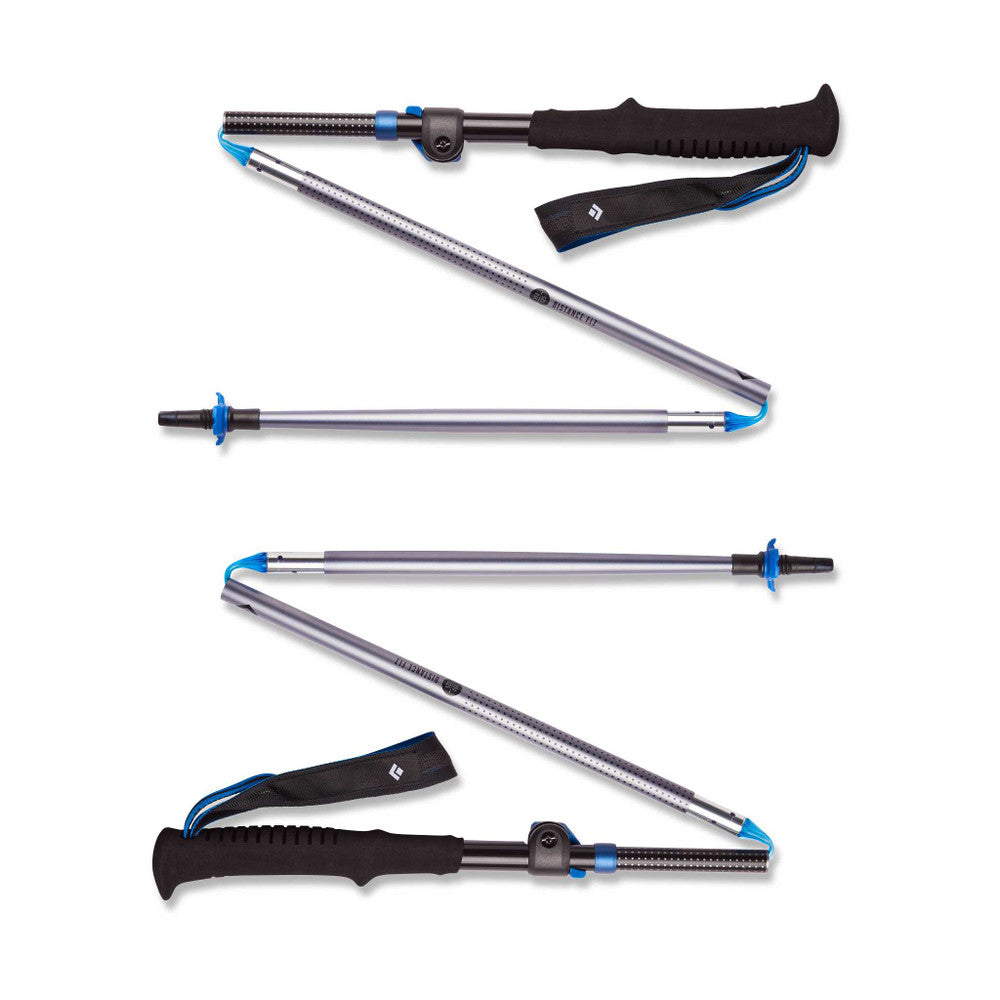
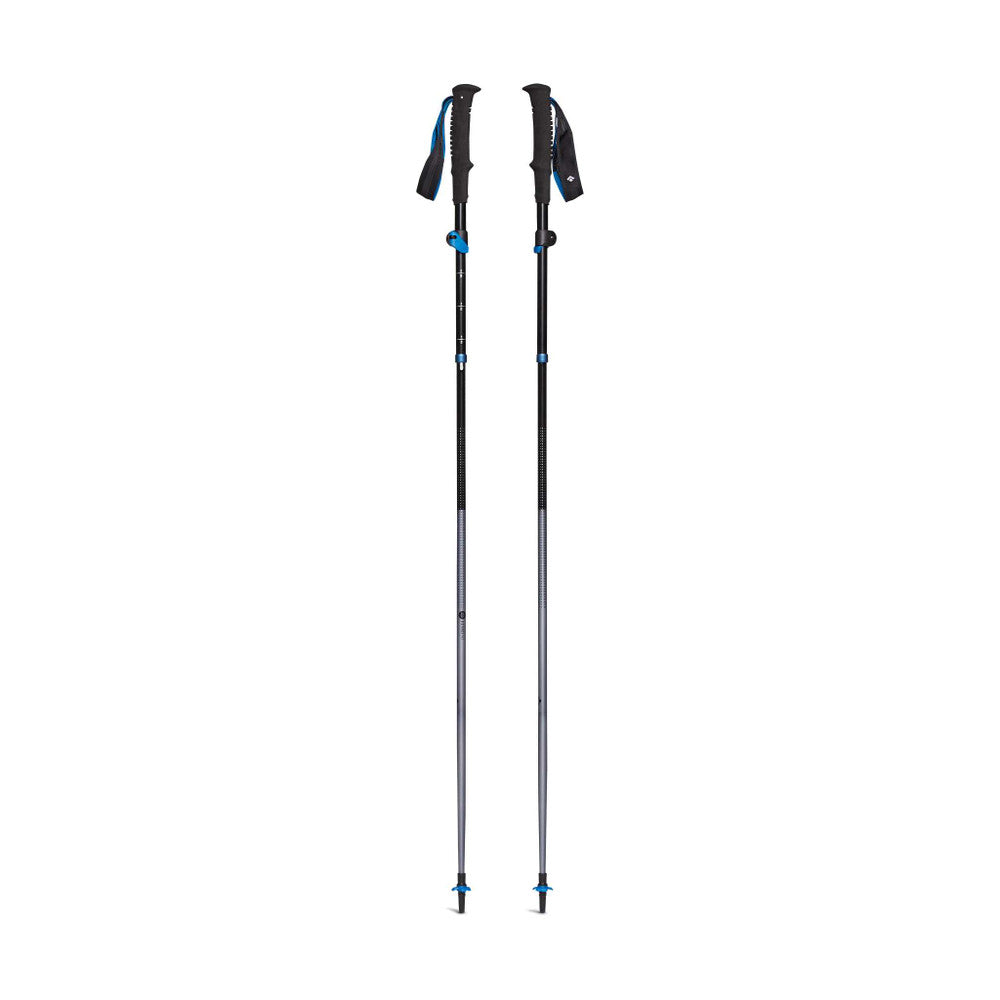

Distance FLZ
Tier benefits:
Tier benefits:
Pros
- Folds up super small
- Adjustable length
Cons
- If you are in between sizes you are out of luck
- Doesn't come with snow baskets
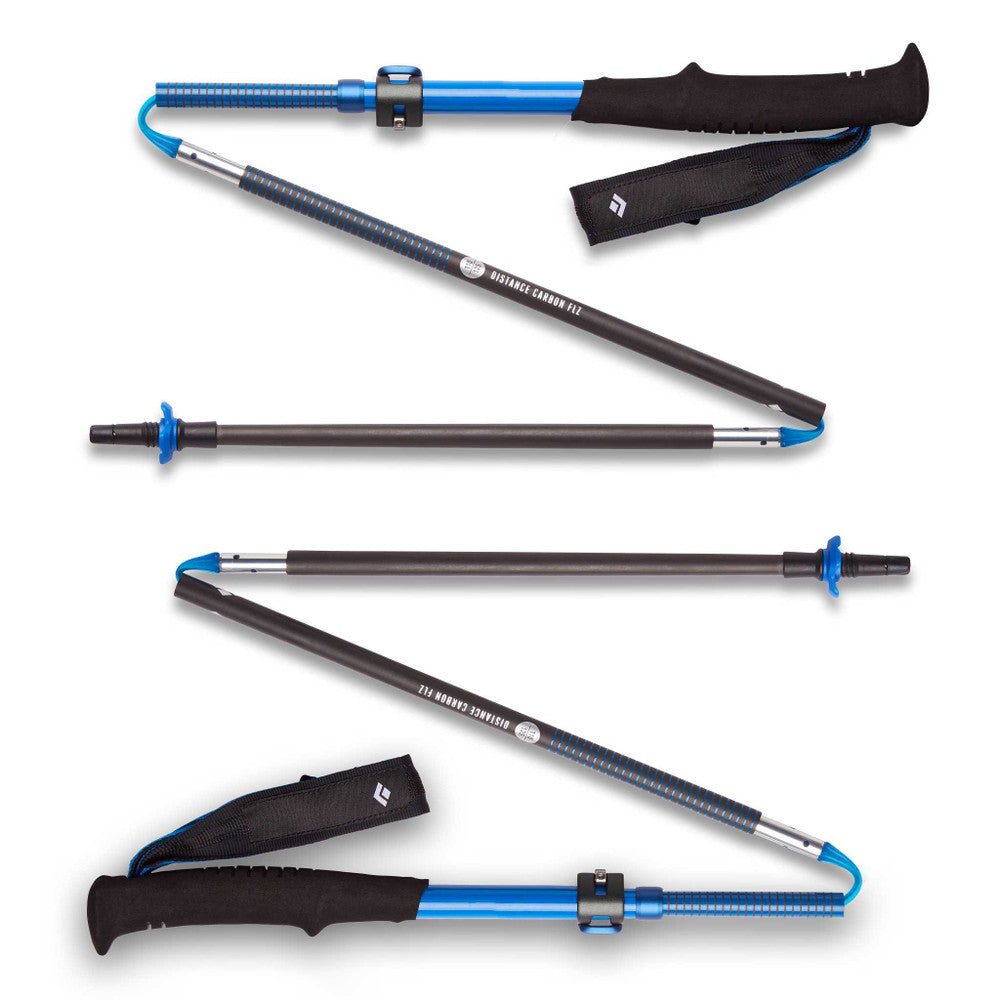

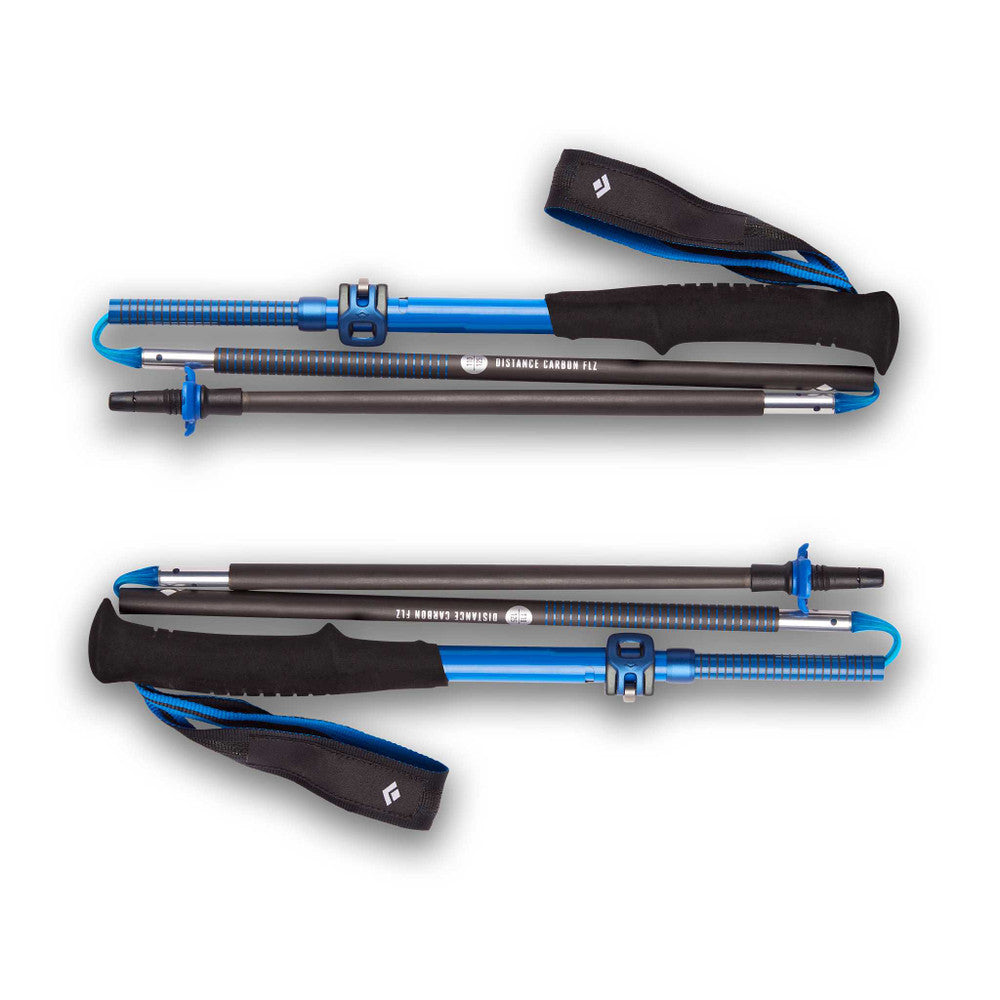
Distance Carbon FLZ
Tier benefits:
Tier benefits:
Pros
- Lightweight
- Get small and still adjust
Cons
- Expensive
For hiking
For hiking, we find less value in the small pack size that z-fold style poles provide, and more value in lots of length adjustment! For this reason we think that having a telescoping pole is great! If you want to go lighter, you can get a carbon option! If you don't care, less expensive is more good.
![id=[47339861377339]](http://hownot2.com/cdn/shop/files/3ebb1a7d14ed84337d67c83a1d587491a721dfab__39355.jpg?v=1756773377&width=1000)
![id=[47339861672251]](http://hownot2.com/cdn/shop/files/AL.jpg?v=1756773377&width=1000)
![id=[47339861639483]](http://hownot2.com/cdn/shop/files/Cherry.jpg?v=1756773377&width=1000)
Trail
Tier benefits:
Tier benefits:
Pros
- Lower cost
Cons
- A little heavier
- Don't collapse super small
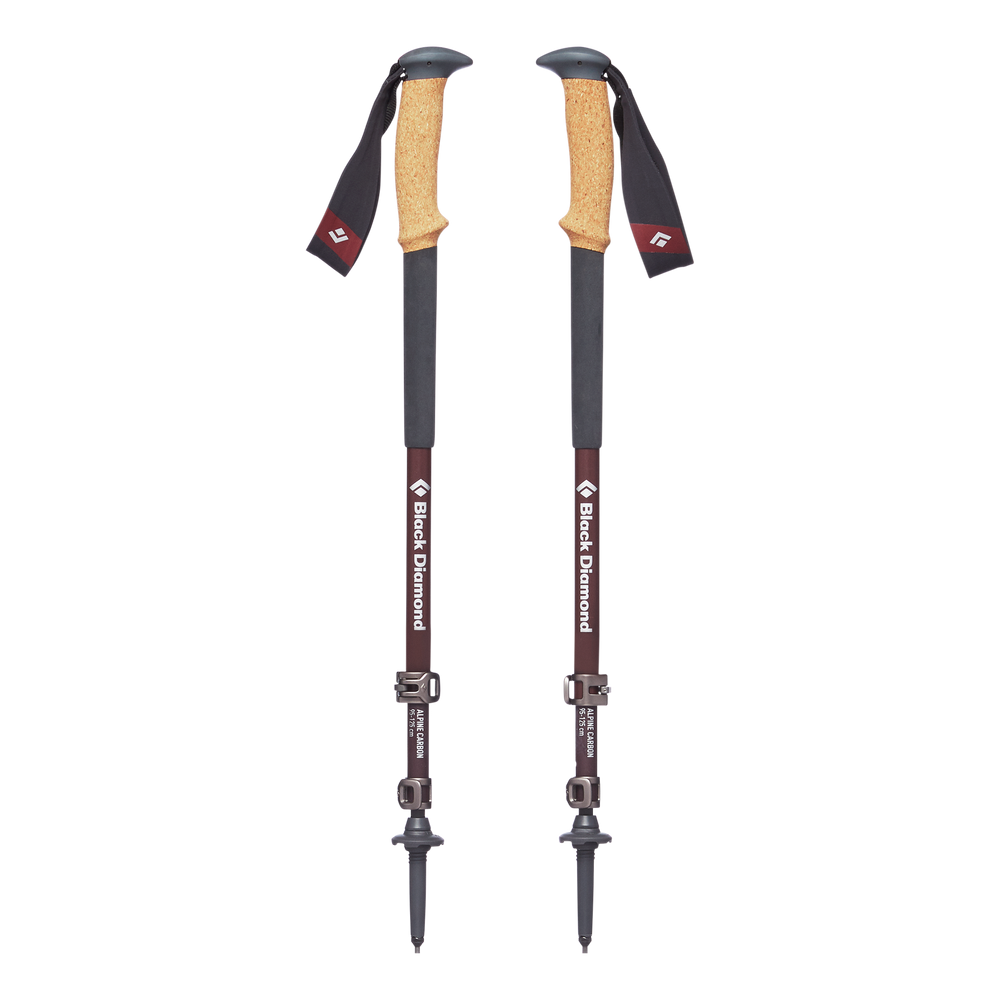
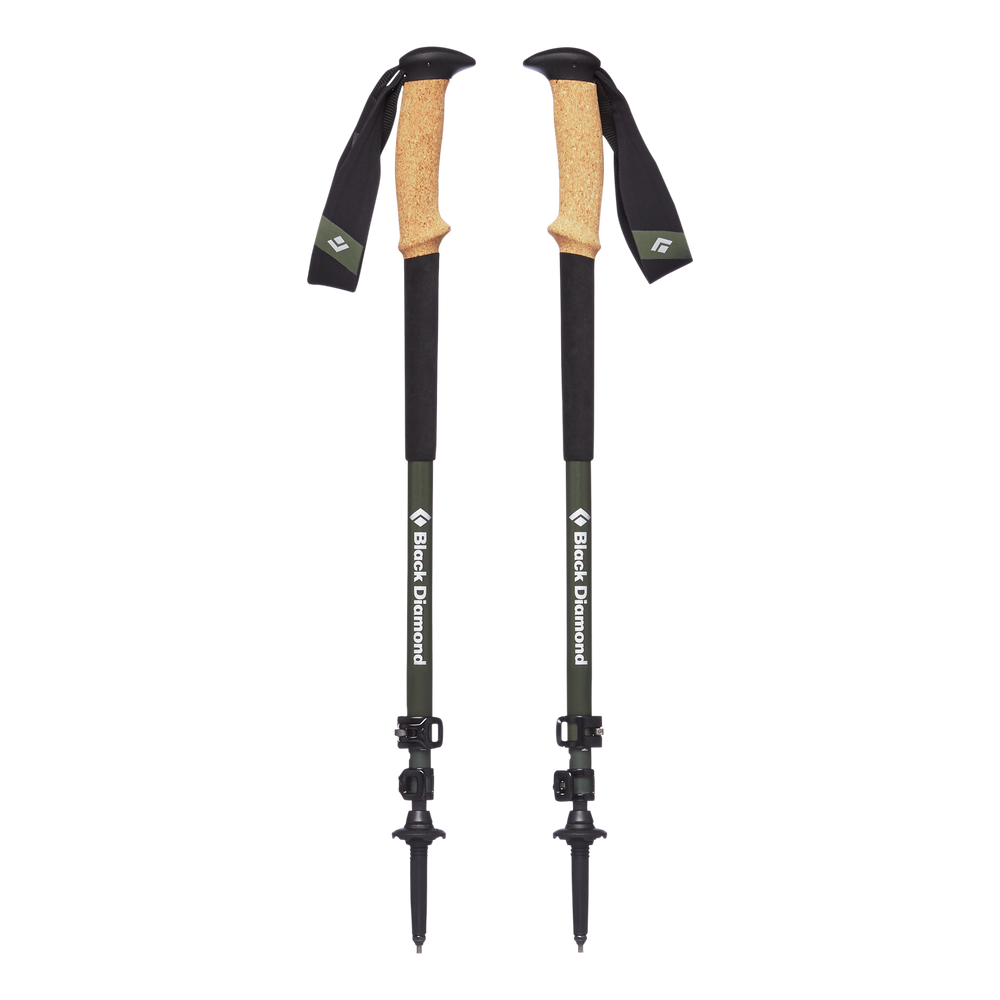
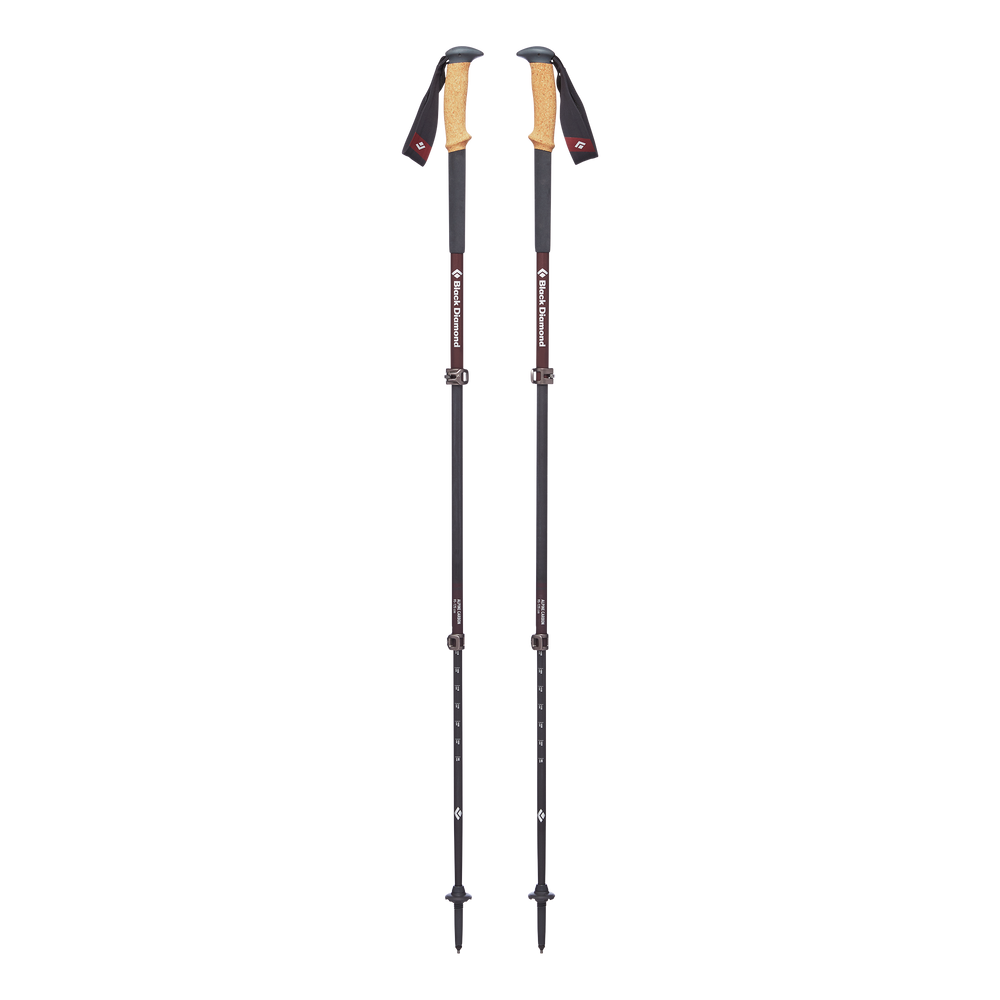
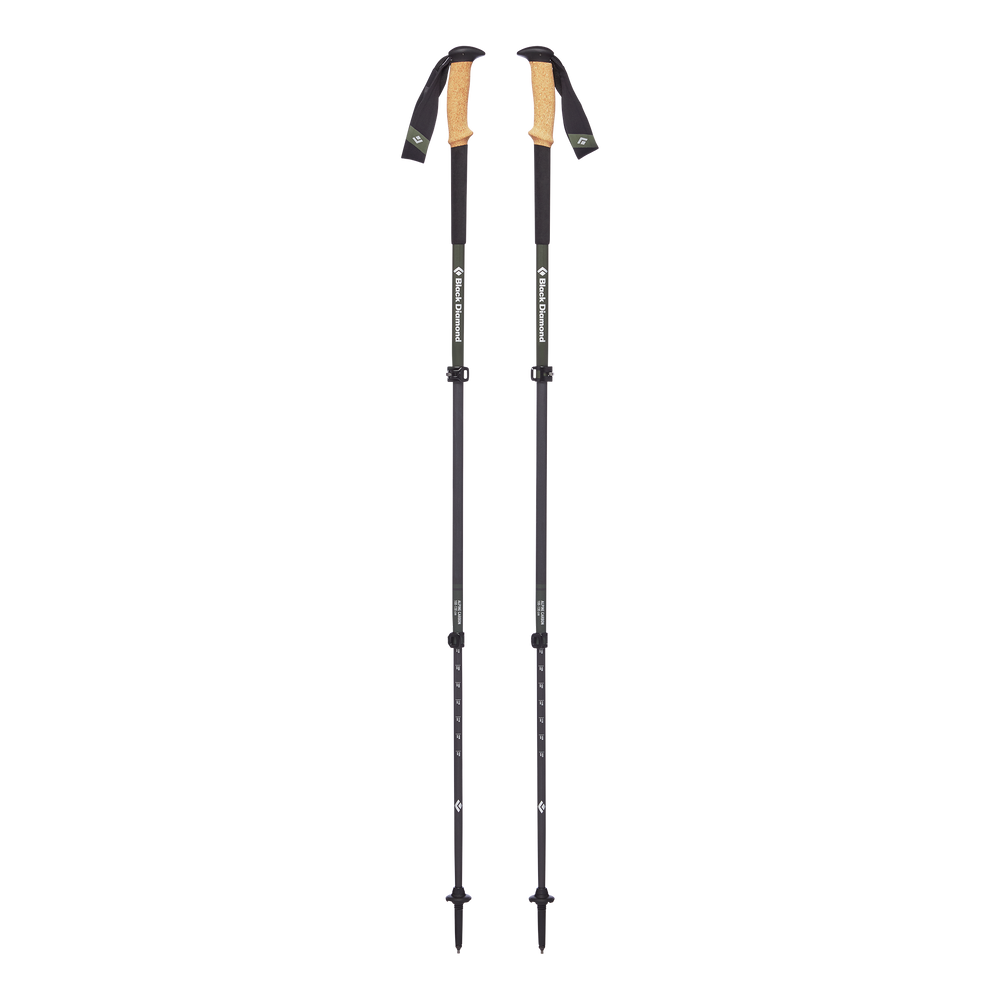
Alpine Carbon Cork
Tier benefits:
Tier benefits:
Pros
- Lightweight
Cons
- Included snow baskets are a little small
For Snowsports
Lots of adjustability, longer handles, and good snow baskets are a must for using poles in the snow. All the poles we carry are compatible with snow baskets, but this is the only one that comes with big ones out of the box.
Product
Pros
- Great length adjustment
- Comes with snow baskets
Cons
- Snow can build up on handles
- Not the lightest
For Running
If you are trail running, you probably wont be stopping very often to change the length of your poles. For this reason, we think fixed length, z-fold poles are great for runs! They are lighter than other options, which can make all the difference when on a long run. The z-fold allows you to stow them easily on a small backpack where longer poles just can't fit.
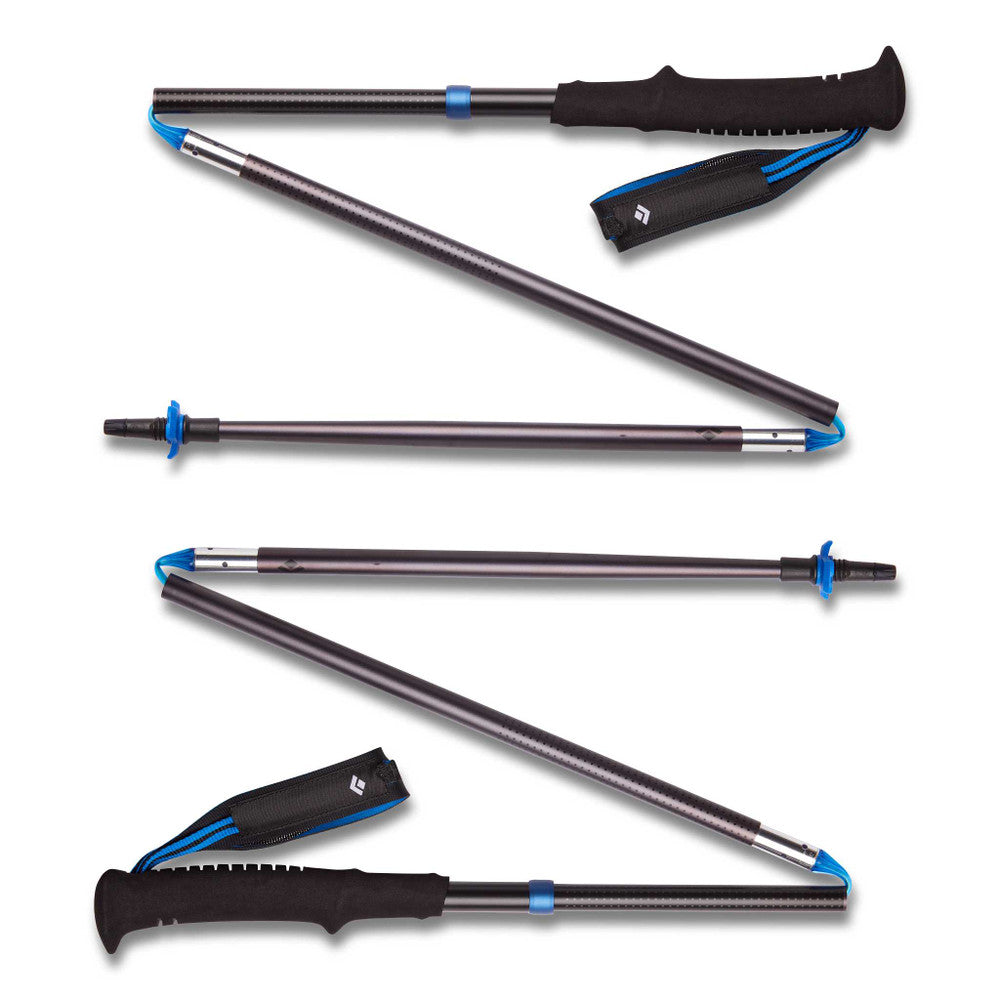
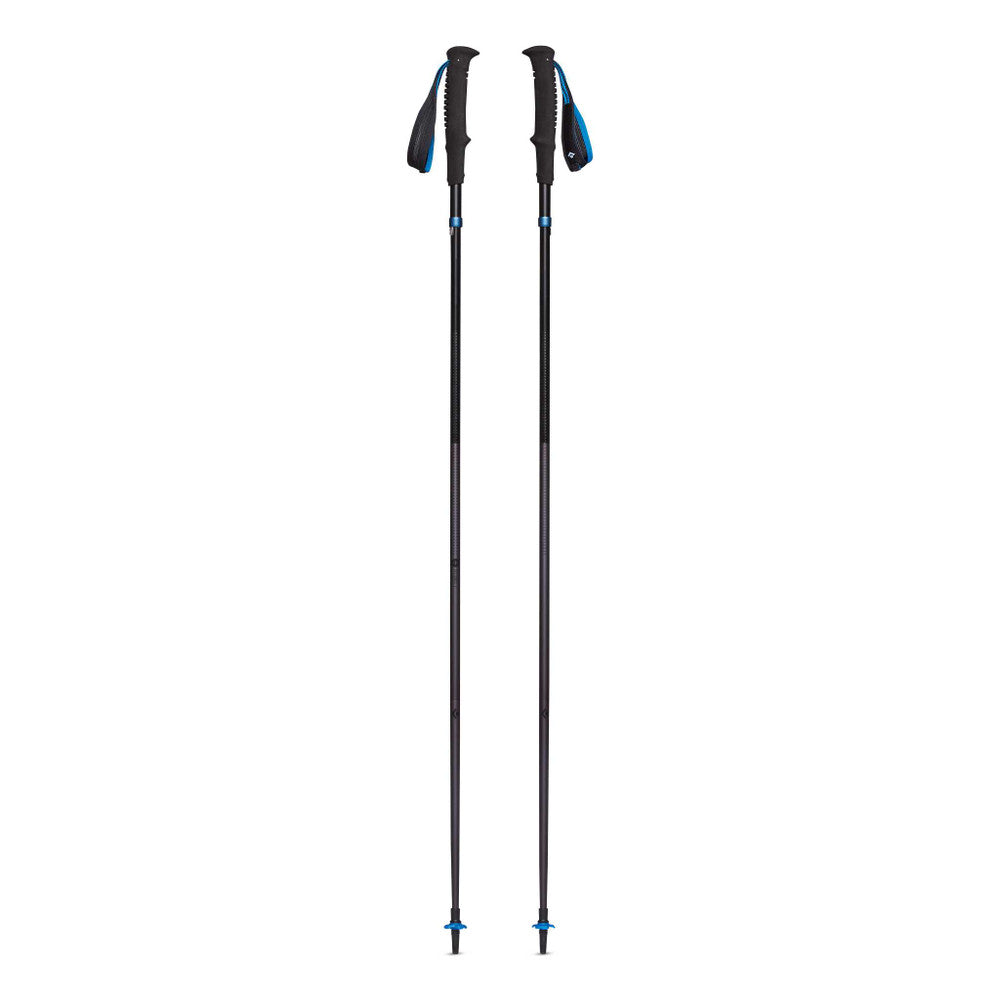
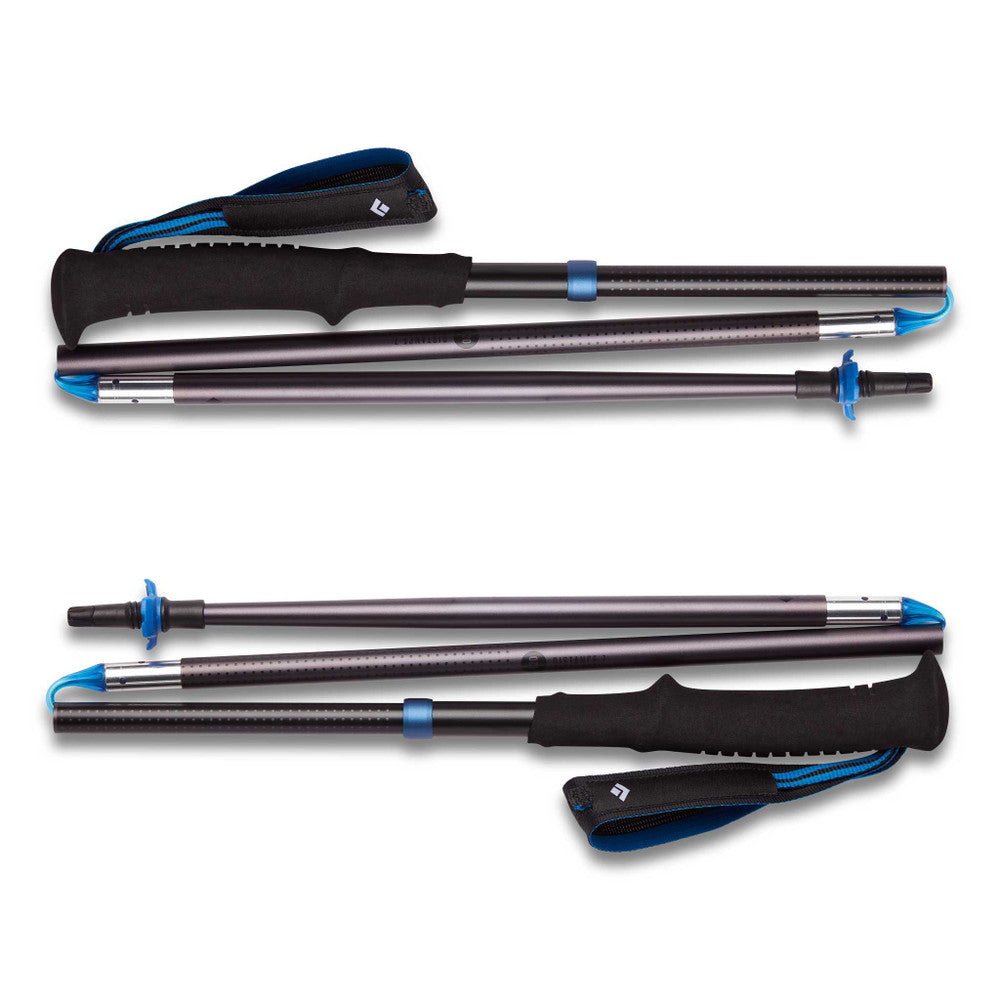
Distance Z
Tier benefits:
Tier benefits:
Pros
- Lightweight
- Fold up real small
Cons
- Fixed length
- Short handles

